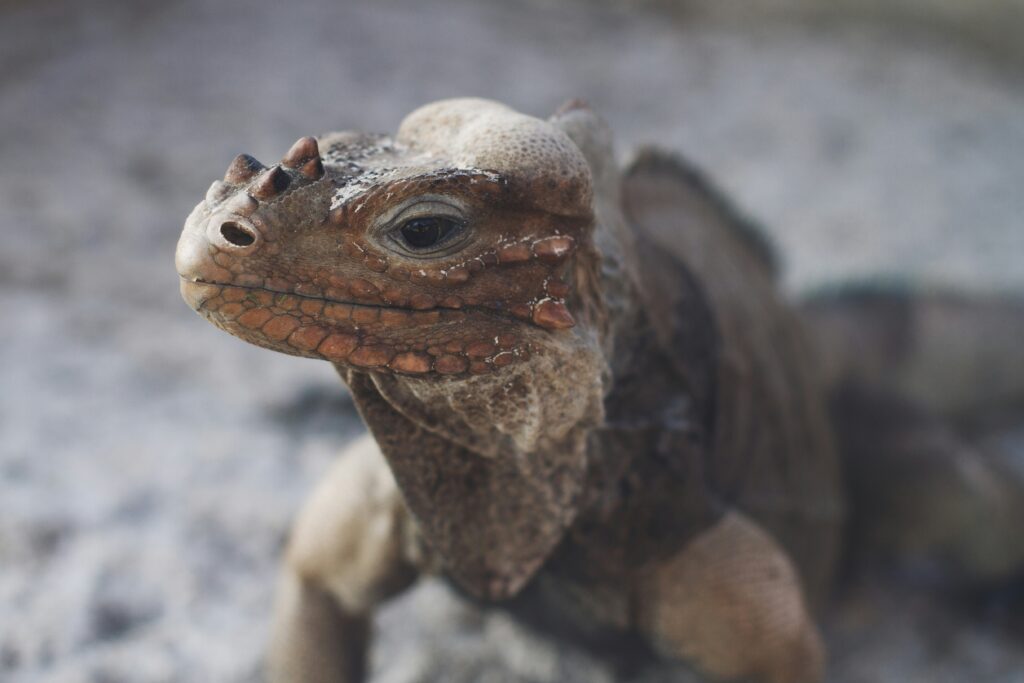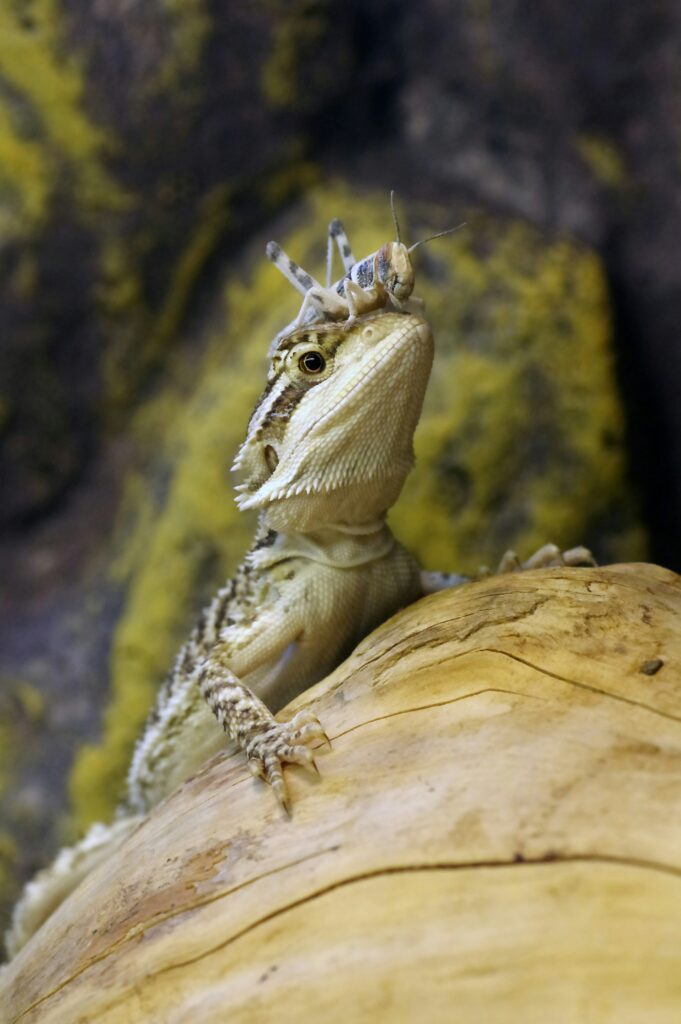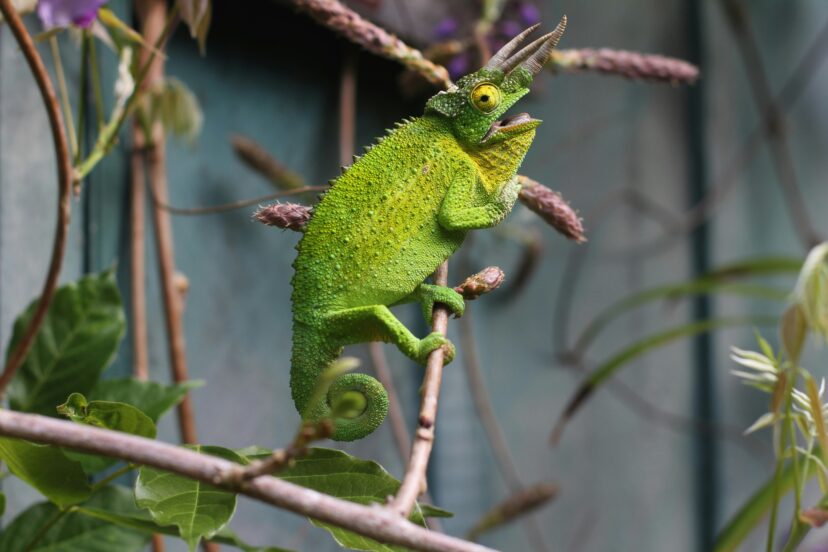Pacman Frog
Step into the fascinating world of the Pacman Frog, where reality meets fantasy. With its captivating appearance and unique characteristics, the Pacman Frog is undoubtedly a standout amongst its amphibian counterparts. From its broad mouth resembling that of a video game character, to its striking array of colors, this little marvel has stolen the hearts of reptile enthusiasts around the globe. Get ready to embark on a journey of discovery as we explore the mesmerizing world of the Pacman Frog and uncover the secrets behind its enigmatic charm.
I. Overview of Pacman Frog
A. What is a Pacman Frog?
A Pacman Frog, also known as a Horned Frog, is a popular pet amphibian known for its unique appearance and behavior. These frogs belong to the genus Ceratophrys and are native to the forests and swamps of South America. They are characterized by their large, round bodies, wide mouths, and short, stubby limbs. Pacman Frogs are named after the famous video game character, Pac-Man, due to their resemblance to the game’s iconic protagonist.
B. Origins and Habitat
Pacman Frogs are indigenous to various countries in South America, including Argentina, Brazil, and Uruguay. They are primarily found in tropical rainforests, swamps, and marshes, where they can hide under leaf litter and burrow in the moist soil. These frogs are well-adapted to their environment and are excellent at camouflage, thanks to their vibrant colors and markings that help them blend in with their surroundings.
C. Physical Characteristics
One of the striking features of Pacman Frogs is their size. These frogs can grow to be quite large, with adult females reaching an average size of 4-7 inches in diameter and males slightly smaller at 3-5 inches. They have a round, chubby body with a wide mouth and a big head. Pacman Frogs have smooth skin, often with various patterns and colors that can range from shades of green and brown to yellow and orange. Some individuals even possess unique markings such as spots or stripes.
D. Behavior and Temperament
Pacman Frogs are known for their sedentary and patience personalities. They are primarily ambush predators, relying on their camouflage and sit-and-wait hunting strategy to catch their prey. These frogs are also known for their voracious appetite and are capable of consuming prey items that are almost as big as themselves. However, due to their slow metabolism, they do not require frequent feeding.
II. Caring for a Pacman Frog
A. Housing
When it comes to the housing of Pacman Frogs, it is crucial to create a suitable enclosure that mimics their natural habitat. A spacious glass terrarium or plastic enclosure with a secure lid is ideal to prevent any escapes. It is important to provide a substrate with high moisture retention, such as coconut coir or sphagnum moss, along with plenty of hiding spots using plants, logs, and rocks.
B. Heating and Lighting Requirements
Pacman Frogs are ectothermic creatures, meaning they rely on external heat sources to regulate their body temperature. It is essential to provide a temperature gradient within their enclosure, ranging from 75-85 degrees Fahrenheit (24-29 degrees Celsius). This can be achieved by using an under-tank heating pad or a low-wattage heat lamp. Additionally, a small UVB light can be beneficial for their overall health, although they do not require it as intensely as reptiles.
C. Humidity and Moisture Levels
Maintaining the appropriate humidity levels is crucial for the well-being of Pacman Frogs. They require high humidity, ranging from 50-80%, to mimic their rainforest habitat. Regular misting of the enclosure and providing a shallow water dish can help create the necessary humidity. It is important to monitor the moisture levels to prevent mold and bacterial growth, which can be detrimental to the health of the frogs.
D. Feeding and Diet
Pacman Frogs are opportunistic carnivores and have a wide-ranging diet in the wild. In captivity, they thrive on a diet consisting primarily of live prey. Suitable food items include appropriately-sized insects, such as crickets, roaches, and earthworms. They can also consume small mice and other small vertebrates. It is important to provide a varied diet to ensure proper nutrition and the optimal health of the frogs.
E. Handling and Interaction
While Pacman Frogs are fascinating creatures to observe, they are not known for their social or interactive nature. Unlike some other amphibians or reptiles, they do not particularly enjoy or require handling. It is essential to respect their natural behavior and limit handling to necessary situations, such as health checks or relocation. When handling is required, it is important to use moist hands and avoid any sudden movements to prevent stress or injury to the frog.

III. Common Health Issues of Pacman Frogs
A. Skin Conditions
Pacman Frogs are prone to various skin conditions, such as bacterial or fungal infections, abrasions, and shedding problems. These issues can be caused by poor hygiene, improper humidity levels, or rough substrate. Regular monitoring of their skin condition and proper hygiene practices, such as providing clean and moist environments, can help prevent and manage these skin issues.
B. Respiratory Problems
High humidity and inadequate ventilation can sometimes lead to respiratory problems in Pacman Frogs. Signs of respiratory distress may include open-mouth breathing, wheezing, or excessive mucus production. Maintaining proper ventilation and temperature gradients, as well as ensuring suitable humidity levels, can help prevent respiratory issues. If any respiratory distress is observed, consulting a veterinarian with experience in amphibian care is essential.
C. Nutritional Deficiencies
Inadequate diet or improper feeding practices can lead to nutritional deficiencies in Pacman Frogs. These deficiencies can manifest as soft or misshapen bones, stunted growth, or weakened immune systems. To avoid such issues, it is important to provide a varied and balanced diet that includes a variety of prey items and potentially supplemented with calcium and multivitamin powder.
D. Parasites and Infections
Pacman Frogs can be susceptible to various parasites, such as external mites or internal worms. Additionally, bacterial or fungal infections can also occur. Routine parasite screenings, good hygiene practices, and maintaining clean enclosures are essential to minimize the risk of parasite infestations or infectious diseases. If any signs of parasites or infections are observed, seeking veterinary assistance is crucial for proper diagnosis and treatment.
E. Prevention and Treatment
Preventive measures, such as maintaining proper husbandry conditions, providing a balanced diet, and regular health checks, are essential in minimizing the risk of health issues. If any health concerns arise, contacting a veterinarian experienced in amphibian care is highly recommended. They can provide guidance on appropriate treatments and medications based on the specific health issue.
IV. Choosing a Pacman Frog
A. Availability and Legal Considerations
Before purchasing a Pacman Frog, it is important to research and ensure their legality in your area. Pacman Frogs are considered exotic pets and may have restrictions or permit requirements in some regions. It is crucial to buy from reputable breeders or dealers who can provide information on the frog’s origin and ensure legal compliance.
B. Selecting a Healthy Frog
When choosing a Pacman Frog, it is important to observe their physical appearance and behavior. A healthy frog should have clear eyes, smooth skin without any lesions or abnormalities, and a plump body. They should be alert and active, displaying normal feeding and movement behaviors. Avoid selecting frogs that appear lethargic, emaciated, or show signs of stress or illness.
C. Different Species and Varieties
Pacman Frogs come in different species and varieties, each with their own unique characteristics. The common species include the Cranwell’s Horned Frog, Argentine Horned Frog, and Surinam Horned Frog. These frogs can vary in size, color patterns, and behavior. Researching the specific species or variety can help determine which Pacman Frog will be the most suitable addition to your home.

V. Breeding and Reproduction
A. Mating Behaviors and Courtship
Pacman Frogs exhibit interesting mating behaviors and courtship rituals. Males are known for their loud calls, which resemble the sound of a revving engine, to attract females. The courtship usually involves the male approaching the female, clasping onto her back using specialized structures called prepollex spines. The female will then lay her eggs, which the male fertilizes externally.
B. Egg-laying and Incubation
After the female lays her eggs, they need to be carefully incubated to ensure their proper development. The eggs are typically placed in a separate, moist environment away from the adults. The temperature and humidity levels must be maintained consistently during the incubation period, which can last for several weeks. Regular monitoring of the eggs is important to ensure their health and prevent any fungal or bacterial growth.
C. Caring for Tadpoles and Froglets
Once the eggs hatch, the tadpoles will require a separate aquatic environment with clean, dechlorinated water. They feed on algae, aquatic plants, and small invertebrates, and their diet needs to be monitored closely to ensure proper nutrition. As the tadpoles develop into froglets, they will undergo metamorphosis, during which they will transition from an aquatic to a semi-aquatic and eventually terrestrial lifestyle. Providing appropriate environments and suitable food throughout this process is crucial for their successful development.
D. Challenges and Tips for Successful Breeding
Breeding Pacman Frogs can present challenges, especially for inexperienced amphibian keepers. It is important to ensure a suitable and stress-free environment for the breeding pair, including proper nutrition, temperature, and humidity. Pacman Frogs may not breed readily in captivity, and it may require specialized approaches, such as introducing a cooling period, mimicking natural rainfall patterns, or providing specific cues to stimulate reproduction. Consulting experienced breeders or herpetologists can provide valuable insights and guidance for successful breeding.
VI. Fun Facts about Pacman Frogs
A. Size and Growth Rate
Pacman Frogs are known for their impressive size and rapid growth rate. As some of the largest terrestrial frogs, they can reach sizes of 4-7 inches in diameter for females and slightly smaller for males. With appropriate care and nutrition, they can grow significantly within a relatively short period of time.
B. Unique Feeding Behavior
One of the fascinating aspects of Pacman Frogs is their feeding behavior. They are ambush predators, and their wide mouths and strong jaws allow them to swallow prey items whole. Their feeding strategy resembles the iconic video game character Pac-Man, as they can open their mouths to an impressive width to capture their prey.
C. Peeking Eyes and Camouflage Abilities
Pacman Frogs have a unique feature that sets them apart from other frog species – their eyes. These frogs have upward-facing eyes that seem to peek out from the top of their heads. This placement, combined with their coloration and camouflage abilities, allows them to blend seamlessly into their surroundings, making them excellent at ambushing unsuspecting prey.
D. Lifespan and Longevity
With proper care and a suitable environment, Pacman Frogs can live relatively long lives in captivity. On average, they can live for 6-10 years, although some individuals have been known to live even longer. It is important to provide optimal conditions and address any health concerns promptly to ensure a healthy and fulfilling lifespan for these fascinating creatures.
E. Popularity as Pets
Pacman Frogs have gained considerable popularity as pets due to their unique appearance and low-maintenance care requirements. Their manageable size, interesting feeding behavior, and variety of color morphs make them an attractive choice for amphibian enthusiasts of all experience levels. However, it is important to note that they still require proper husbandry and attention to ensure their well-being.

VII. Conclusion
A. Summary of Pacman Frog Characteristics
Pacman Frogs, also known as Horned Frogs, are captivating amphibians with their round bodies, wide mouths, and vibrant colors. They are native to the forests and swamps of South America and are well-adapted to their habitat through their camouflage abilities. These sedentary predators have specific care requirements, including appropriate housing, heating, and humidity levels. They have a varied diet and can grow quite large, making them fascinating pets for amphibian enthusiasts.
B. Caring Tips and Considerations
When caring for a Pacman Frog, it is important to provide proper housing, heating, and humidity levels to mimic their natural environment. Feeding them a varied and balanced diet is crucial for their overall health and well-being. It is also important to understand their behavior and limitations when it comes to handling and interaction. Regular health checks and preventive measures can help minimize the risk of common health issues. Additionally, it is necessary to research and ensure the legality of owning a Pacman Frog in your region.
C. Final Thoughts
Pacman Frogs offer a unique and engaging amphibian pet experience. Their fascinating appearance, feeding behavior, and ability to camouflage make them an intriguing addition to any amphibian enthusiast’s collection. By understanding their care requirements and providing a suitable environment, anyone can enjoy the delights of owning and caring for a Pacman Frog. The joyful experience of observing these remarkable creatures in their natural behaviors is truly a delight.




